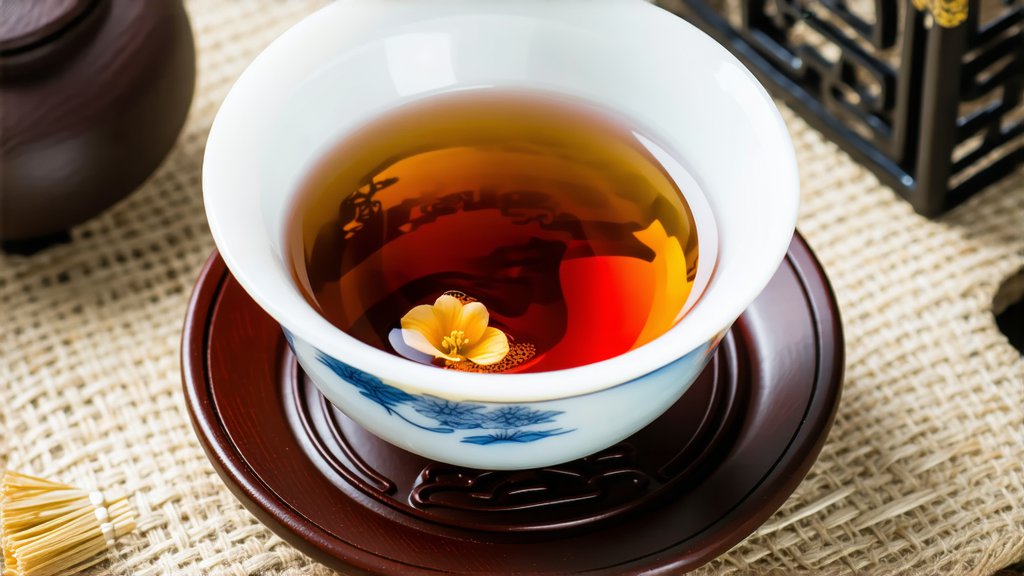
In the vast and diverse landscape of Chinese tea culture, Fujian Bai Mudan stands as a testament to the country's rich tea heritage, embodying the essence of simplicity, elegance, and time-honored tradition. As a distinguished member of the white tea category, Bai Mudan (also known as "White Peony") hails from the Fujian province, where it has been cherished for centuries. This article embarks on a journey through its storied past, intricate varieties, meticulous crafting process, and the art of its appreciation, offering an immersive experience for international readers eager to discover this gem of Chinese tea culture.
A Legacy Etched in Time
The origins of Bai Mudan can be traced back to the Tang Dynasty (618-907 AD), with its name translating to "White Peony," reflecting the delicate appearance of the tea leaves and buds, reminiscent of the blooming peony flowers. It wasn't until the Qing Dynasty (1644-1912) that Bai Mudan gained prominence as a distinct tea variety, becoming a favorite among imperial courts and high society for its refined flavor profile and health benefits. Today, it continues to captivate tea enthusiasts worldwide with its unique character and historical significance.
Varieties within the Spectrum
Bai Mudan encompasses a range of grades, each reflecting different stages of leaf growth and plucking standards. The highest grade, often referred to simply as "Bai Mudan," consists of young shoots with one bud and two leaves, showcasing a balance between sweetness and complexity. Lower grades may include more mature leaves or stems, resulting in a bolder taste. Notable sub-varieties include:
- Gong Mei (Tribute Eyebrow): Named after the eyebrow-shaped leaves, this variant is plucked later in the season when the leaves are more mature, imparting a fuller body and stronger flavor compared to Bai Mudan.
- Shou Mei (Long-Lasting Eyebrow): Plucked even later than Gong Mei, Shou Mei features larger leaves and a hearty, robust flavor profile, making it a popular choice for those who prefer a more intense tea experience.
The Art of Crafting Bai Mudan
The production of Bai Mudan is a labor-intensive process that adheres to traditional methods passed down through generations. It begins with the careful selection of tea plants, typically from the Fuding region of Fujian province, known for its ideal climate and soil conditions conducive to growing high-quality white tea.
-
Plucking: The first step involves handpicking only the topmost shoots, which include the bud and the first two youngest leaves. This selective harvest ensures the tea retains its delicate nature and minimal tannins.
-
Withering: The freshly picked leaves are spread out thinly on bamboo mats or trays under the sun or in shaded areas to slowly wither. This process reduces moisture content while allowing natural enzyme activity to develop the tea's distinctive aroma and taste.
-
Drying: After withering, the leaves undergo further drying, either through continued sun exposure or low-temperature baking. This step fixes the flavors and prepares the leaves for storage.
-
Sorting and Packaging: Finally, the dried leaves are meticulously sorted to remove any imperfections before being packaged for distribution.
Savoring the Essence of Bai Mudan
To truly appreciate Bai Mudan, one must engage in the ritualistic practice of tea brewing and tasting, known as "gongfu cha" in Chinese culture. Here's a guide to unlocking the nuances of this exquisite tea:
-
Preparation: Use a Gaiwan (a traditional Chinese teapot without a spout) or a glass teapot to observe the unfurling leaves. Boil fresh water and let it cool slightly to around 85°C (185°F), as boiling water may scald the delicate leaves.
-
Infusion: Place about 5 grams of Bai Mudan into the vessel. Pour hot water over the leaves, covering them completely, and let steep for approximately 1-2 minutes for the first infusion. Subsequent steepings can be extended gradually.
-
Observation: Watch as the leaves dance and unfurl gracefully in the water, revealing their pale yellow hue. Note the subtle changes in color with each subsequent steeping.
-
Aroma: Inhale deeply to capture the floral and fruity notes that characterize Bai Mudan, accompanied by hints of honey and melon.
-
Tasting: Take small sips, holding the liquid in your mouth to fully appreciate its smooth texture and complex flavors. Look for a harmonious blend of sweetness, slight bitterness, and a long-lasting finish.
-
Multiple Infusions: Bai Mudan is renowned for its ability to endure multiple infusions without losing flavor. Each brew reveals new dimensions of the tea's character, making it a journey of continuous discovery.
Conclusion
Fujian Bai Mudan is more than just a beverage; it embodies the philosophy of harmony, balance, and respect for nature inherent in Chinese tea culture. Its history spans dynasties, its varieties cater to diverse palates, its craftsmanship reflects artisanal dedication, and its tasting transforms into a meditative experience. For those seeking to delve into the world of fine teas, Bai Mudan offers a gateway to understanding not only the depth and breadth of Chinese tea traditions but also the universal language of tranquility and appreciation found in every carefully brewed cup.